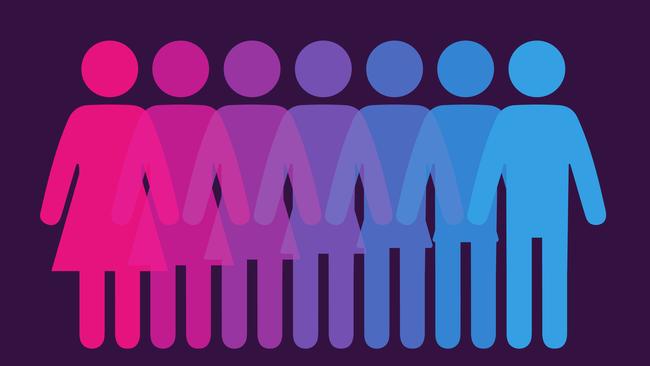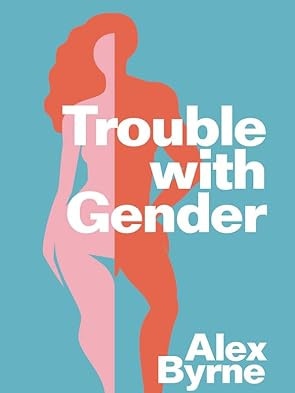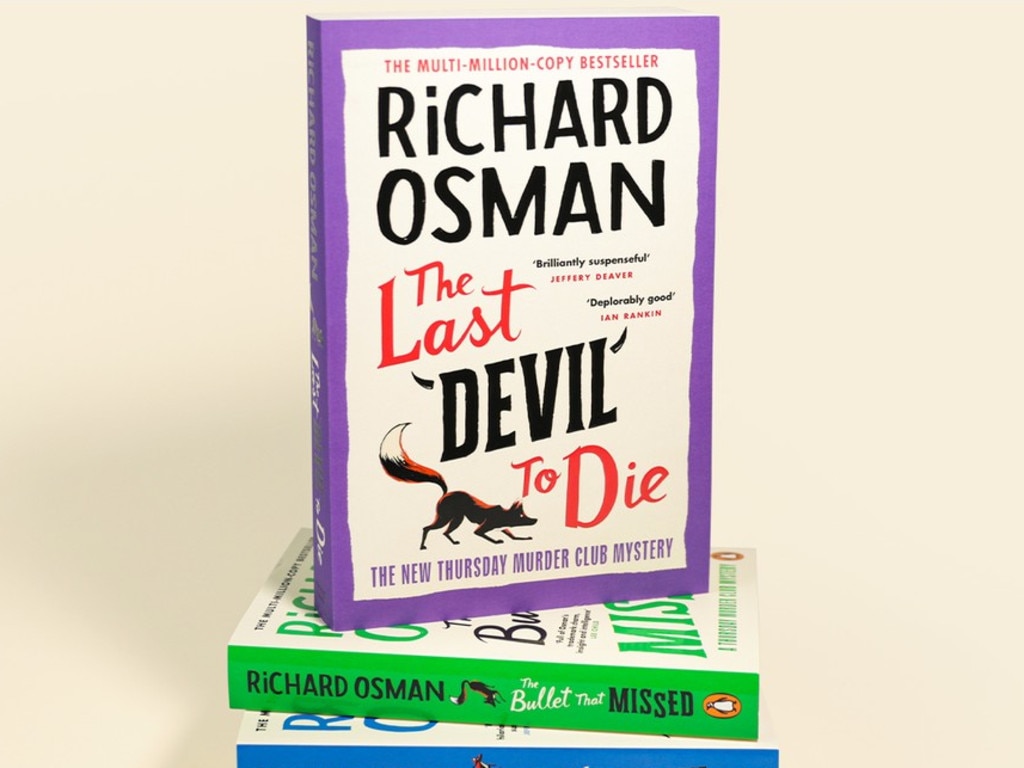Can you really demand to become a woman?
In what way is a white woman claiming to be black, like in Rachel Dolezal’s case, any different to a man claiming to be a woman?

When, in 2015, the self-identified black American activist Rachel Dolezal was exposed by her fundamentalist Christian parents as not only indisputably white, but as having been born in rural Montana, the response was nuclear. Dolezal was damned as an appropriator of cultural anguish and complexity, and as undeserving of “the soul of black folk”, which had to be “earned”. An African-American studies lecturer, she was accused by both the African-American community and the outraged left of performing an elaborate form of “blackface”. Because of this, she was sacked.
Dolezal’s response was even. She was, she said, “transracial” – that is, she identified as black despite being, beneath the spray tan, as pale as a salamander. “I didn’t choose to feel this way or be this way,” she said, “I just am. What other choice is there than to be exactly who we are?”
In Trouble with Gender: Sex Facts, Gender Fictions (a book canned by Oxford University Press for being insufficiently “respectful”), MIT philosophy professor Alex Byrne touches upon the plight of this hapless faux-Nigerian to illustrate the prismatic absurdities with which we are now being forced to comply for fear of being cancelled.
But in what way is a white woman claiming to be black any different to a man claiming to be a woman? Is a woman’s soul not “earned”? In a world where gender reassignment is celebrated as a measure of heroism, why was Dolezal mocked for living in alignment with her true self?
Byrne leaves less than nothing of the trans extremists he targets. Delectably sly and sardonic, he begins with the central question of gender (how does it differ from sex?), moving on to the conundrum of sexual essence (is sex binary, a spectrum, or a social construct?), questions pertaining to identity, misalignment, transitioning, the relationship between biology and dominance, dogma and intimidation, and the distortion of the young for profit.
In particular, Byrne addresses the role of “social and peer contagion” – as he notes, a well-studied phenomenon. Found to play a critical role in the prevalence of eating disorders, it may, he posits, explain the sudden and alarming rise of young people identifying as trans.
Another issue that concerns Byrne is the transcult’s insistence – flying in the face of both logic and science – that trans women are, biologically speaking, women.

Being a woman, he writes, is now understood as transcending “biology: women are not (or are not only) the adult females of our species. More specifically, there is a social ingredient to being a woman, just as there is a social ingredient to being a princess, a widow, or an actress. Someone can be a princess only if she is a member of a royal family, which in turn requires complex social hierarchies. Someone can be a widow only if she once participated in the social institution of marriage. And someone can be an actress only if her society goes in for the dramatic arts. In contrast, adult females of our species can be found – at least in principle – living alone on desert islands with no social status of any sort, past or present; women, according to orthodoxy, cannot.”
The issue, Byrne stresses, cannot be debated without an influx of medieval hysteria. Recently, British trans activist Sarah Baker, who served 30 years in prison for attempted murder, kidnap and torture, was cleared in court after being accused of inciting violence at a Pride event (“If you see a TERF, punch them in the f--king face,” they said). They were, they testified, just being “funny”. (TERF is, of course, an acronym for Trans-Exclusionary Radical Feminist – feminists who do not believe that trans women are biological women). As Byrne notes, it’s acceptable to question whether the mind and the self exist, and whether space and time exist, but “You may NOT, however, question whether people can identify their own genders”.
While transgender-related conflict is, in many cases, trivial, it can have significant repercussions. Byrne cites the case of New Zealand trans weightlifter Laurel Hubbard, who, in 2014, unsuccessfully competed as a man, but when, in 2019, she competed as a woman, walked away with two gold medals. Similarly, American transgender swimmer Lia Thomas not only won the 500-yard NCAA women’s freestyle swimming championship in 2022, but was nominated by the University of Pennsylvania for the NCAA Woman of the Year award.
The physical differences between the sexes are, however, uncomfortably real. “Men can throw spears about a third further than women. The fastest baseball pitch by a woman is 69 mph. By a man it is 105 mph. Is this largely because … ‘Women in sexist society are physically handicapped’? … there are anatomical sex differences, in particular in the ‘pectoral girdle’ (the shoulder blade and the collarbone), that give males a throwing advantage.”
Byrne aligns the medical mania for gender reassignment with that for lobotomies, a form of neurosurgical mutilation practised until the late 1960s (not until the 1950s, as he states). In America alone, some 50,000 people were either killed or rendered imbecilic by the barbaric practice, which was advertised as curing depression. Its inventor was awarded the Nobel prize.

“At least lobotomies (like drugs) were supposed to target the organic site of psychological disruptions,” Byrne writes. “In contrast, the medical treatment of gender dysphoria attempts to fix the patient’s distress, not by altering their brain, but by changing their sexed body. The surgical aspect puts this treatment in a class of its own. Surgery is currently not given for any other psychiatric condition. Cross-sex hormones alone can impair fertility, and surgery can eliminate it entirely. Lifelong medical care is required.”
Arguably the most elegant polemic ever written on the subject, Trouble with Gender: Sex Facts, Gender Fictions is amusing, brilliant, and indisputably terrifying. While Byrne never questions that trans rights are human rights, or that children with gender issues should be denied compassion, he is ruthless in his deconstruction of legally and socially enshrined idiocies.
His only omission is his failure, in the afterword, to declare that he is, in fact, African-American.
Antonella Gambotto-Burke’s new book is Apple: Sex, Drugs, Motherhood and the Recovery of the Feminine. Follow her on Instagram
Trouble with Gender: Sex Facts, Gender Fictions






To join the conversation, please log in. Don't have an account? Register
Join the conversation, you are commenting as Logout